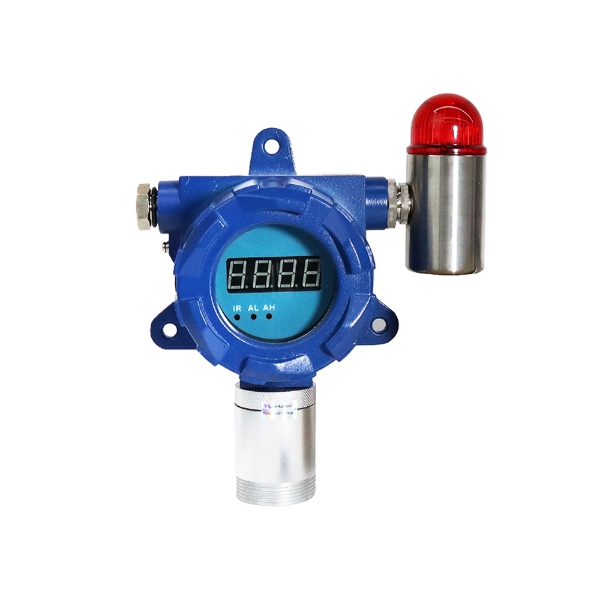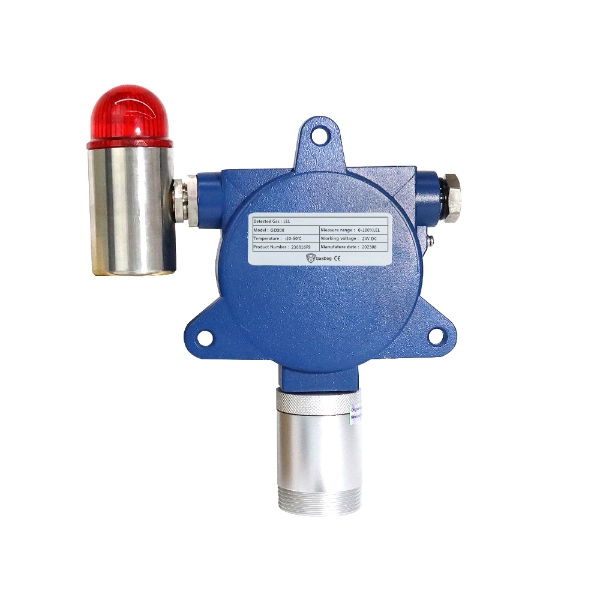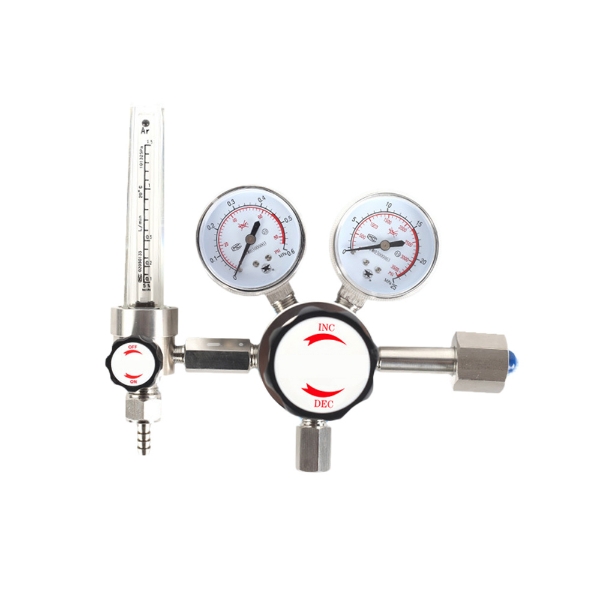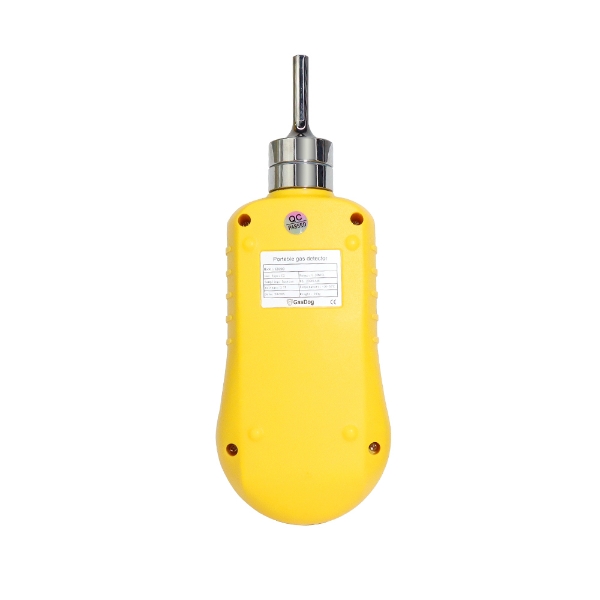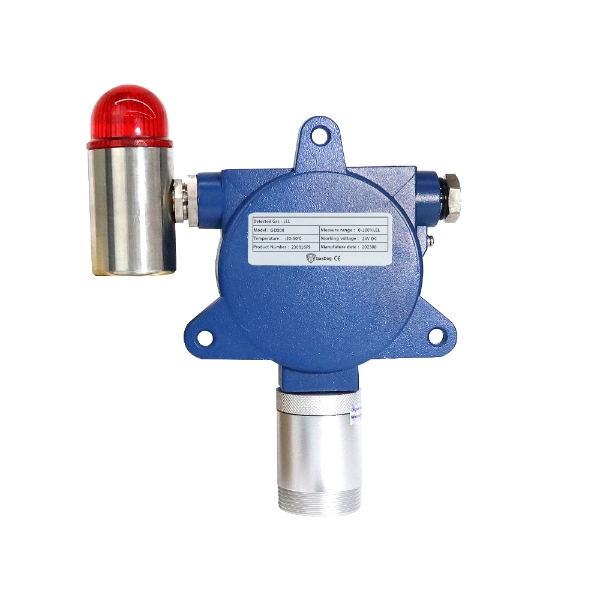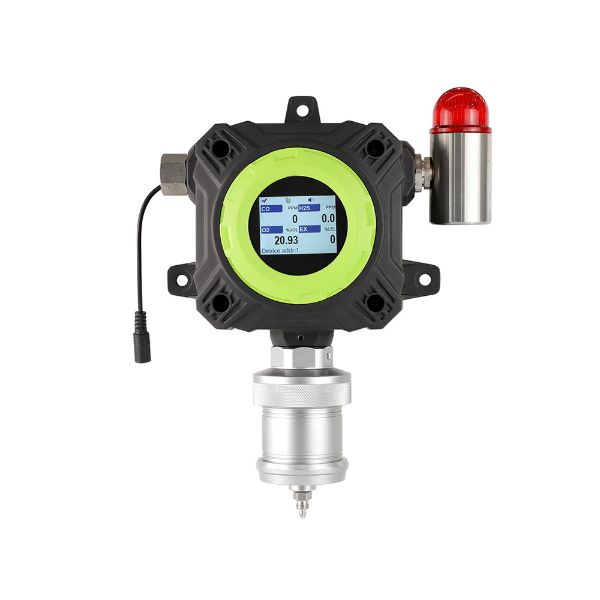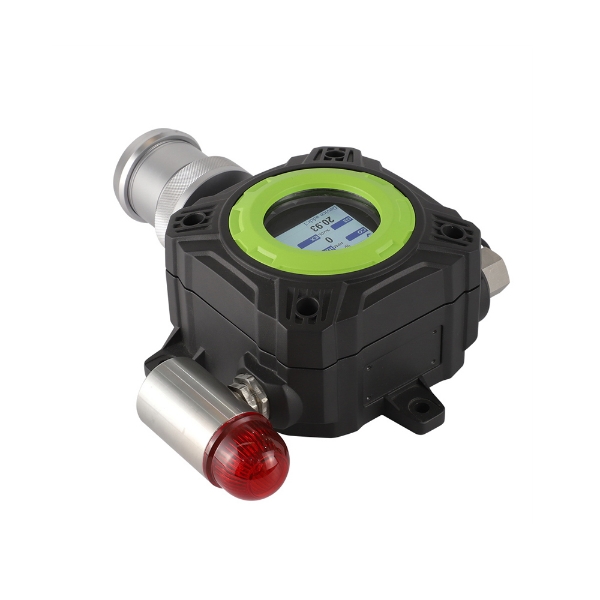-
You have no items in your shopping cart.
- Register
- Log in
- Wishlist
- Shopping cart
WRITE YOUR OWN REVIEW
EXISTING REVIEWS
Sensitive response
We installed and used this industrial fixed H₂S gas detector in the factory workshop. When there was a slight leak in the pipeline, the instrument immediately sounded the alarm. We have verified that the readings are basically consistent, the probe is sensitive, and can provide timely warnings.
Vien
|
5/12/2025 3:14 AM
Was this review helpful?
(0/0)

